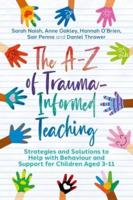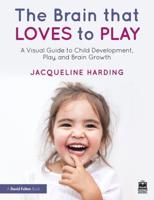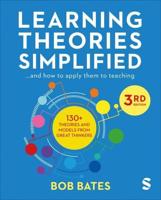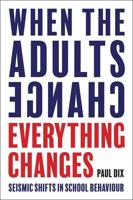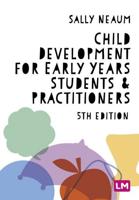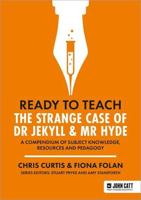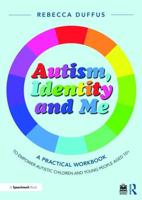Publisher's Synopsis
Translating research about child neuroscience into practice in education is a daunting prospect for most practitioners. In fact, many see it as fraught with difficulties and risky. However, the importance of this research has never been more important. The context of the early years in the UK, has seen considerable changes within recent years, with a raft of government regulation and guidance, and a national move to free childcare entitlement at increasingly earlier ages. Combined with a mounting pressure for accountability in 'Closing the Gap' between disadvantaged children and those more fortunate, these pressures make it fundamental that those working with young children understand what neuroscience is telling us, and more important, what it is not. Practitioners, teachers managers, and governors in settings and schools will not only be called to account for the attainment of their children, as measured in tests, but in the way children are prepared for lifelong earning, which will support them for the rest of their school lives and beyond.
This book is a comprehensive position statement for practitioners that highlights: where we are now; what we know; what we don't know; what research developments mean for practitioners and setting, and how this fits in with the government expectations within the EYFS framework. Sally Featherstone covers the current thinking in educational research and neuroscience, how some of this has been misinterpreted by 'early adopters' or 'over-enthusiastic promoters', and how new information can help practitioners to be more effective in their work with young children.

